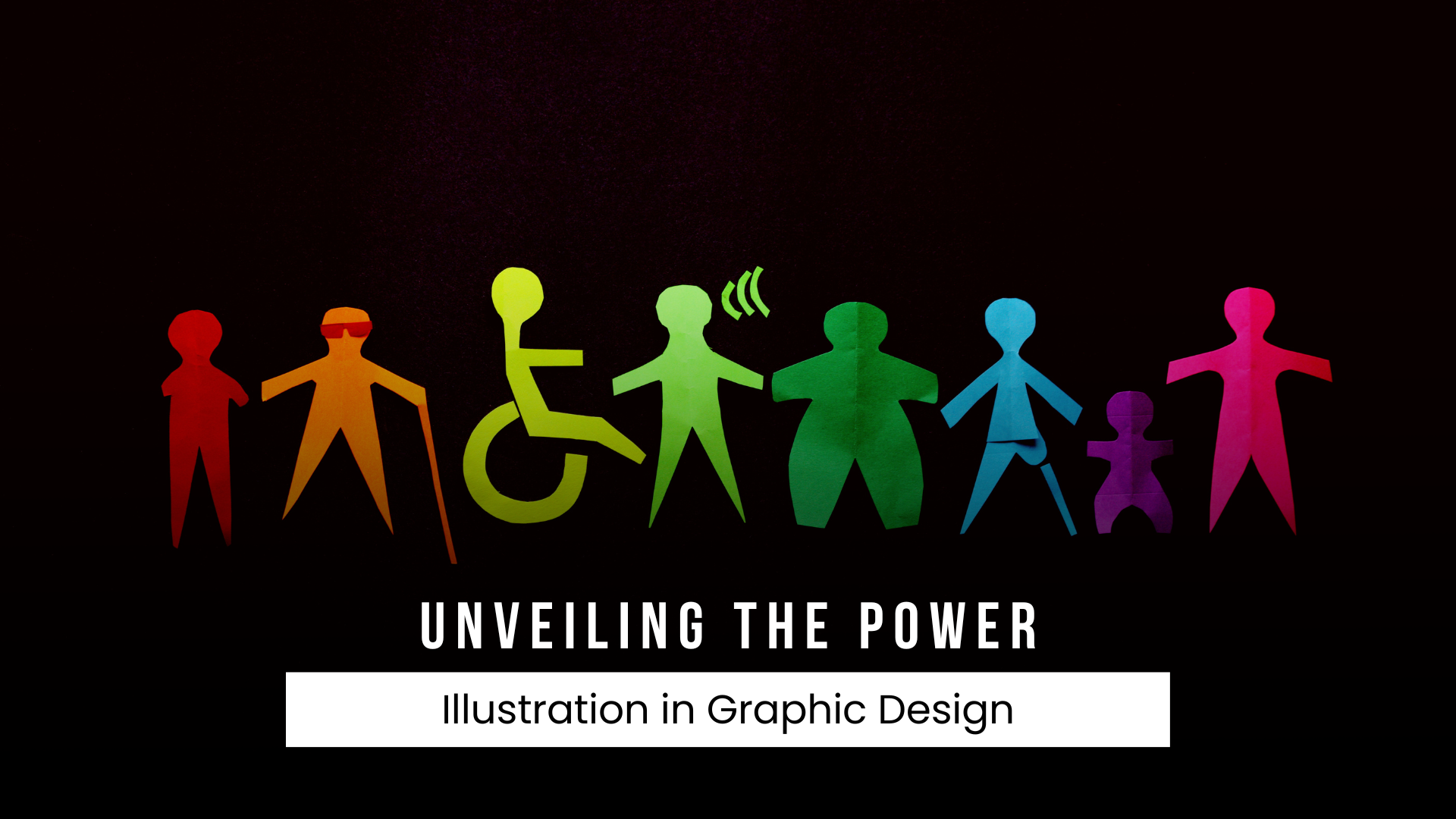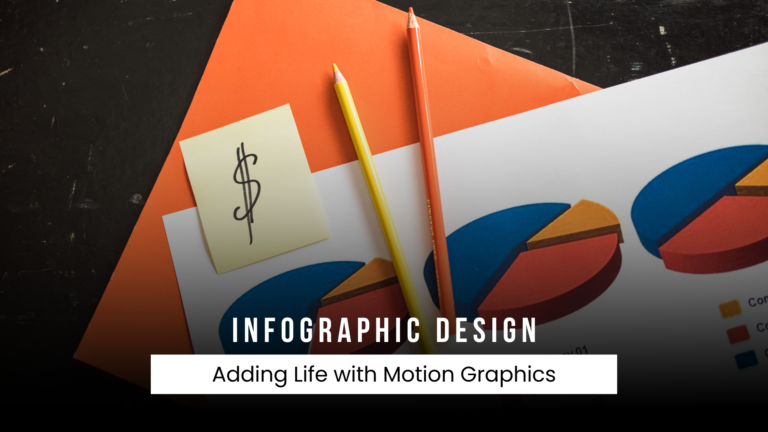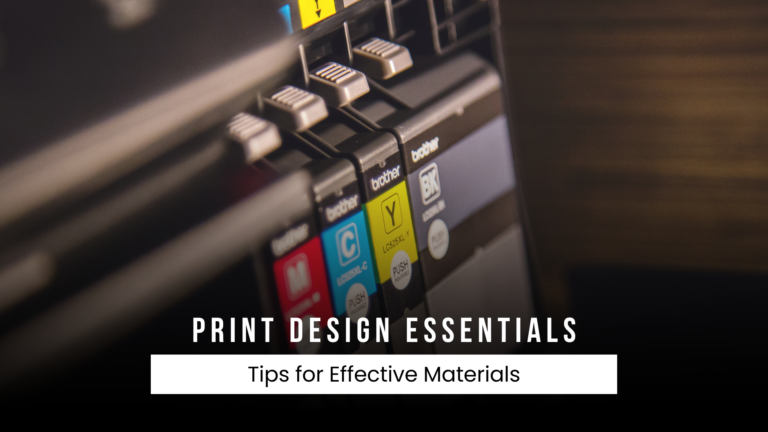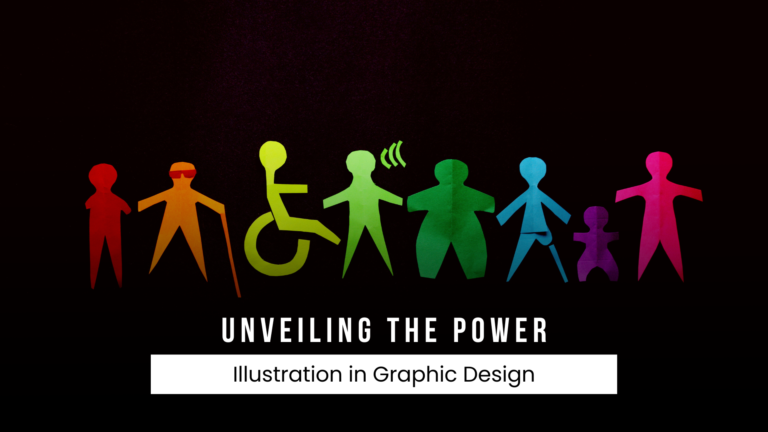Introduction
Illustration in graphic design is a dynamic and versatile tool that brings life to visual communication. Whether used for storytelling, branding, or adding a touch of creativity to various design projects, illustrations play a crucial role. In this guide, we will explore the intricacies of illustration in graphic design and discuss how using illustrations can enhance overall design aesthetics.
Understanding Illustration in Graphic Design
1. Diverse Applications
Illustrations are used in a wide range of design projects, including web design, branding, editorial layouts, and product packaging. Their versatility enables designers to communicate complex ideas in a visually engaging way.
2. Storytelling with Images
Illustrations have the unique ability to convey stories without relying solely on words. They can evoke emotions, establish a mood, and craft a narrative that resonates with the audience.
3. Personalizing Brand Identity
Incorporating custom illustrations into branding efforts can differentiate a brand from its competitors. Unique and customized illustrations are essential for creating a memorable brand identity.
The Role of Illustrations in Enhancing Design
1. Visual Appeal
Adding illustrations to design projects enhances their visual appeal. Whether it’s a website, social media post, or marketing collateral, illustrations attract attention and make the content more engaging.
2. Clarifying Complex Concepts
In fields where concepts are intricate, such as science or technology, illustrations simplify complex ideas. They break down information into easily understandable visuals, which helps improve comprehension.
3. Creating Emotional Connections
Illustrations have the power to evoke emotions. From joyful and whimsical to serious and contemplative, the chosen illustration style can significantly influence the emotional response of the audience.
Using Illustrations to Enhance Design
1. Choosing the Right Style
Choosing the right illustration style is crucial. Whether it’s minimalistic line art, detailed realism, or vibrant abstract forms, the style should align with the overall design goals.
2. Strategic Placement
The placement and style of illustrations within a design have a significant impact on the overall composition. Strategic placement ensures that illustrations complement the content without overpowering it.
3. Balancing Text and Images
Achieving a harmonious balance between text and illustrations is an art. Excessive or insufficient amounts of either can disrupt the visual flow. Finding the optimal balance improves overall readability and engagement.
4. Leveraging Technology
Embracing digital tools and software, such as Adobe Illustrator, empowers designers to create intricate and polished illustrations. The fusion of traditional artistic skills with modern technology expands the possibilities in illustration.
Conclusion
In conclusion, illustration in graphic design is a versatile tool that extends beyond simple embellishment. From conveying narratives to enhancing visual appeal and creating emotional connections, the strategic use of illustrations elevates design to new heights. By understanding the diverse applications of illustrations and mastering the art of integrating them seamlessly into design projects, graphic designers can enhance the impact of their work.







